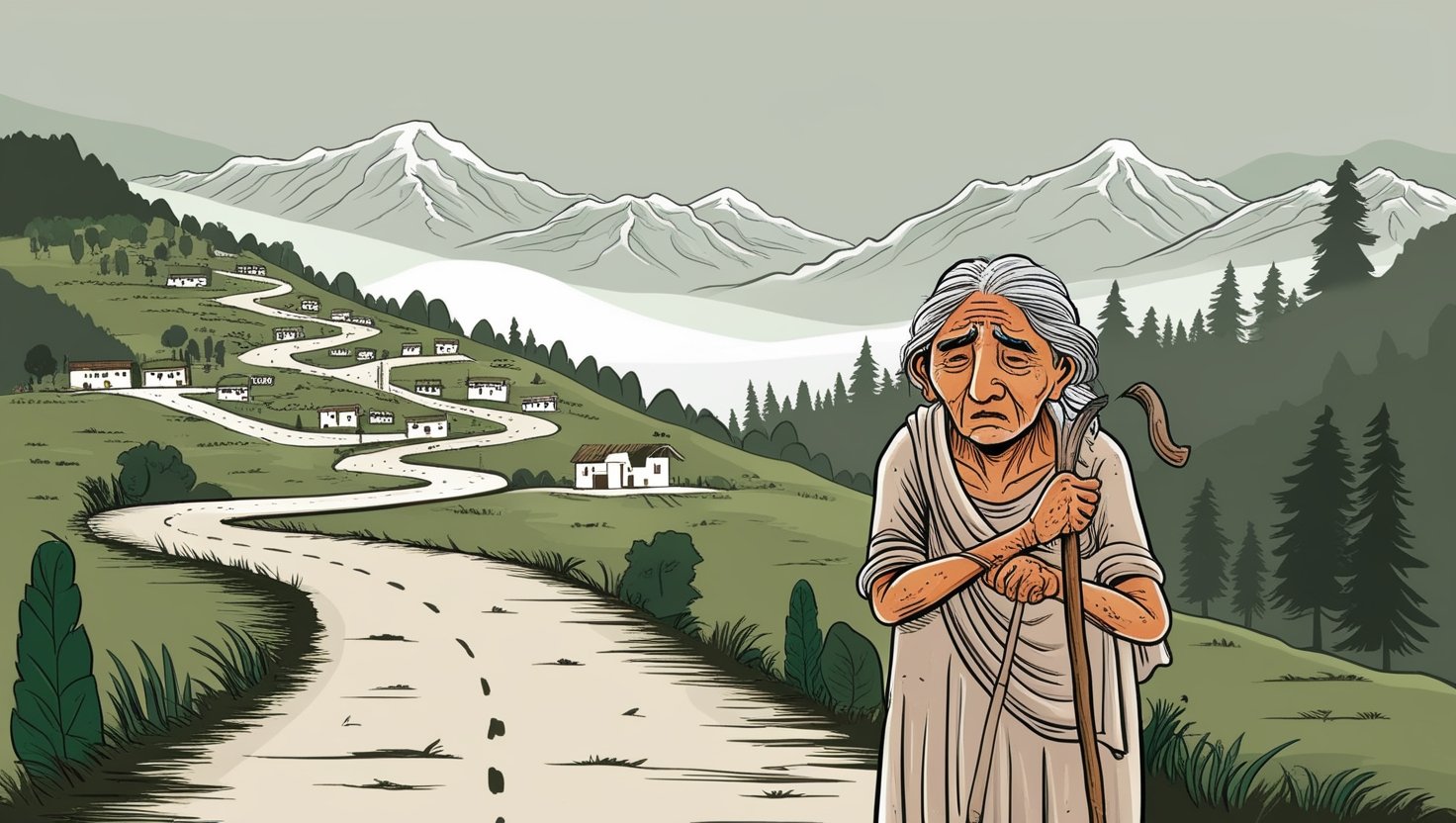Dehradun: The scenic state of Uttarakhand faces a double-edged challenge: a mass exodus from its rural hill regions and a struggling healthcare system. This report explores the interlinked issues of migration and healthcare in Uttarakhand, drawing on data from government sources and news reports.
Migration Patterns:
Uttarakhand grapples with a significant rural-urban migration trend. According to the Uttarakhand State Government’s Migration Commission data, migration from rural areas has reached alarming proportions. Census data analysis by The New Indian Express (2024) reveals a stark decline in population in hilly districts between 2001 and 2011. This exodus is further exacerbated by a recent surge, with social activist Nautiyal highlighting a 67% annual increase in migration rates in the last four years (New Indian Express, 2024).
Factors Driving Migration:
The Department of Rural Development reports that economic opportunities are the primary driver of migration, followed by education and, concerningly, healthcare (SDSUV, 2023). This highlights the inadequacies of the healthcare system in rural areas, prompting residents to seek better medical facilities in urban centers.
Impact of Migration on Rural Communities:
The exodus depletes the workforce and weakens the social fabric of rural communities. ResearchGate (2024) cites a study showing a direct correlation between poor connectivity and healthcare access, leading to higher migration rates from remote villages. This creates a vicious cycle, as a shrinking population further weakens the justification for investing in infrastructure development in these areas.

Healthcare Infrastructure:
The Health Department reports a shortage of healthcare facilities, particularly specialists, in remote areas. This lack of accessibility is further compounded by poor infrastructure, as highlighted in Dehradun News (2023). The result is a healthcare system ill-equipped to cater to the needs of the remaining population, further fueling migration for medical care.
Healthcare Challenges:
Common health issues faced by both residents and migrants include communicable diseases, maternal and child health concerns, and non-communicable diseases like diabetes and hypertension (Uttarakhand Government Health Department Website, 2024).
Barriers to accessing healthcare include cost, language barriers, and cultural differences. A study by The Hindu (2022) explores the plight of migrants struggling to navigate the healthcare system due to language difficulties and lack of familiarity with government schemes.
Impact of Migration on Healthcare Systems:
The influx of migrants to urban centers strains the existing healthcare infrastructure. While migrants contribute to the workforce, they also add to the overall demand for medical services, putting additional pressure on already stretched resources.
Government Policies and Initiatives:
The Uttarakhand Government acknowledges the intertwined issues and has initiated programs like “Gramya II” (Rural Development and Migration Commission, 2021) to improve healthcare infrastructure in rural areas. Additionally, efforts are underway to promote inclusive healthcare for migrants, but much needs to be done.
Conclusion:
Uttarakhand’s migration and healthcare crisis demands a multi-pronged approach. Investments in rural healthcare infrastructure, along with policies to retain healthcare professionals, are crucial. Additionally, initiatives promoting accessible and culturally sensitive healthcare for migrants are needed to break the migration cycle and ensure a healthy future for the state.














+ There are no comments
Add yours